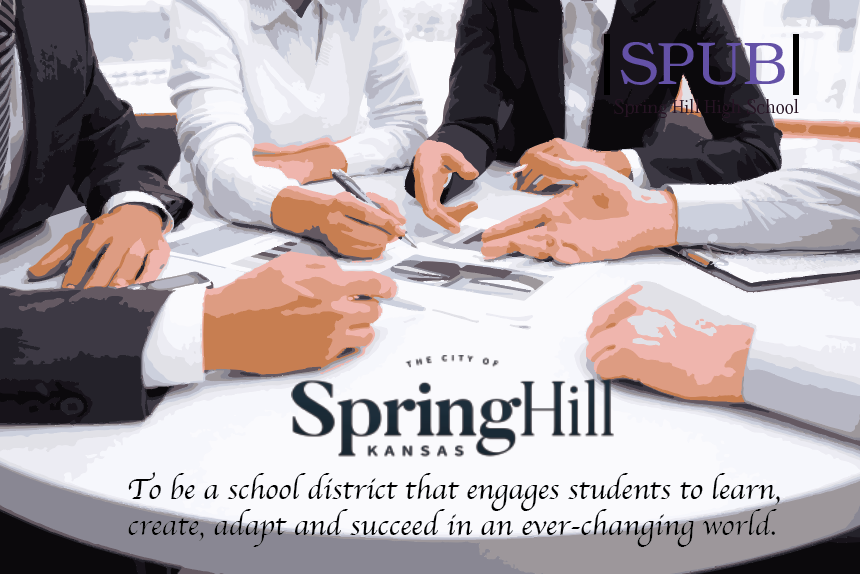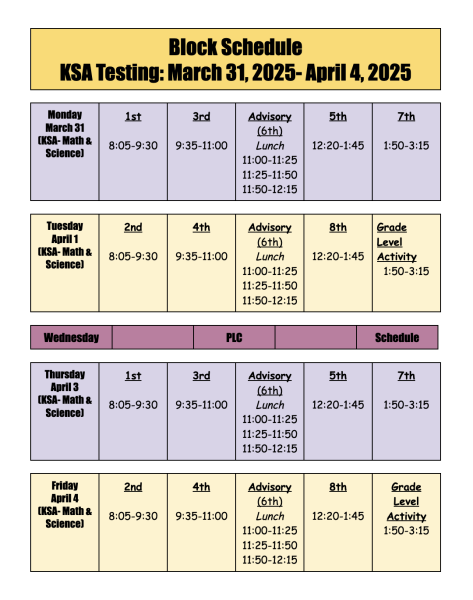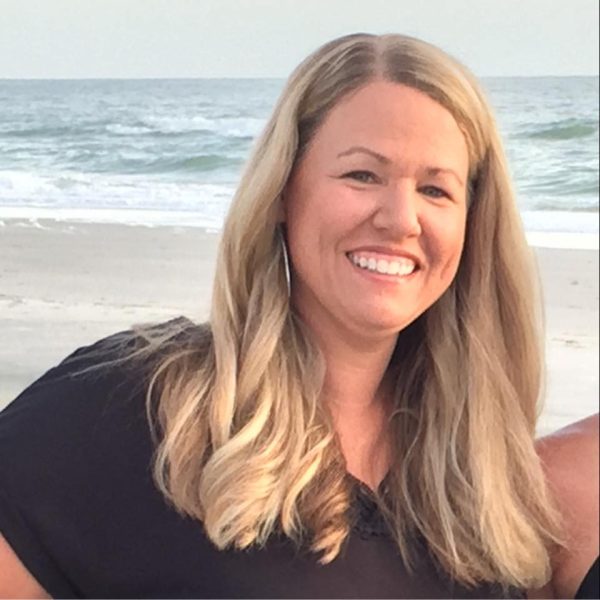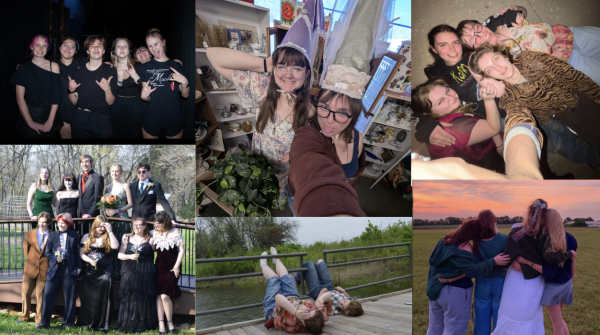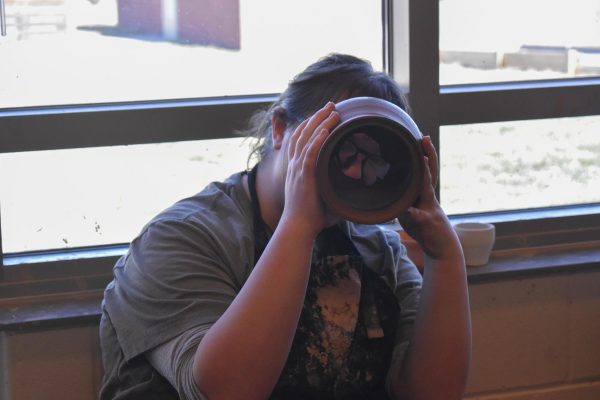Perspectives of Board of Education Members
This past year has shed light on what makes the Spring Hill school district function. With major decisions and controversial opinions everywhere, it’s no secret that more people have attended or virtually watched board meetings than ever before. Although, most people do not know what board members do from a day-to-day basis or why they do it.
A typical board meeting is opened with the pledge of allegiance and allows members to recognize schools, students, or staff in the district.
“We have to approve minutes and financial reports and various other action items to allow the school staff to run the school and complete projects. There is a section of the meeting that allows for public comment,” explained Sharon Mitchell, who has been on the board for eight years.
“If we have to discuss particular students or staff, those discussions are held in a closed ‘executive’ session to protect privacy. A motion for adjournment with an affirmative vote closes each meeting,” Mitchell continued.
Board meetings can last up to five hours, and members prepare for them by looking over agendas beforehand.
Eric Boyle has been a board member for 20 years and decided to join the board after being a teacher in the district. Boyle noticed areas for improvement in the district, and wanted to help be part of the change.
“I love seeing the success of our students as they move through graduation and beyond. Knowing that I have played some small part in the success of our students, teachers, and community is very rewarding,” said Boyle.
This year has positively impacted the community and school district because it led students and families to become more vocal and opinionated about school board decisions. However, the pressure and intense discussions at recent board meetings have been emotionally exhausting to board members.
“Over the last year this non-political position has somehow become incredibly political. I am not a politician and I have no interest in playing political games. Lately the political theater of being on the Spring Hill board of education has been shameful…it has been incredibly time consuming and emotionally exhausting” explained Boyle.
Mitchell explained that the time and energy it takes to be a board member can vary depending on what issues or challenges the district is facing.
“If there are particularly controversial or complicated decisions to make, those are times when much more energy and time are required.”
Mitchell also said that making “divisive” or “polarizing decisions in the community” is difficult.
The Board of Education is the glue that holds the district together, and seeing what they do for each student, staff, and community member is important and gives perspective to anyone curious about decisions and processes that affect us each day.

I’m Madison Sutton, and this is my third year in SPUB; I’m so excited for what this year holds. I’ve always enjoyed writing and photography, so I...

